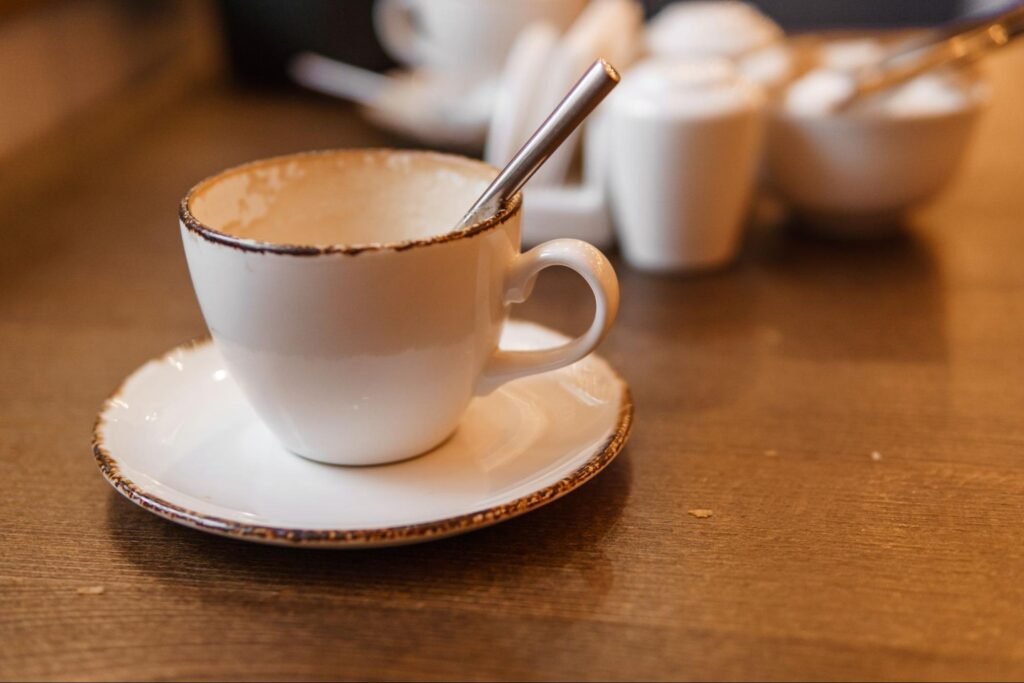
Artisanal Rituals for a Memorable Customer Experience
How can brands create a more balanced and memorable customer experience by blending artisanal product quality with thoughtful everyday rituals that keep people coming back?
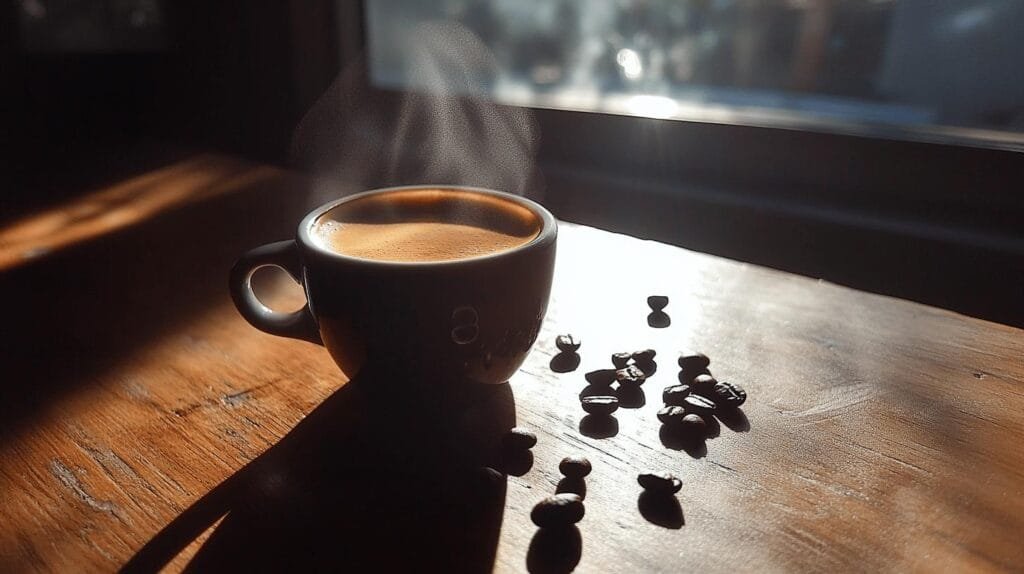
Is “espresso roast” the same as “espresso”? This question might seem trivial to some, but for coffee aficionados, it touches the core of their brewing experience. While espresso roast refers to coffee beans roasted to highlight flavors ideal for espresso brewing, espresso is a method of extraction resulting in a concentrated shot of rich coffee. By dissecting these definitions, we can better appreciate their unique roles in our quest for the perfect cup.
Espresso roast is a specific way of roasting coffee beans, often to a dark or medium level. This roasting enhances flavors suited for making espresso. The goal is to achieve rich, bold flavors with a full-bodied profile. These flavors hold up well in the high-pressure extraction method used for espresso brewing.
Espresso itself is a coffee brewing method. It uses finely-ground coffee and high pressure to create a concentrated shot. This results in a small, intense coffee cup with a crema layer on top. The combination of pressure and fine grind gives espresso a unique flavor profile.
Espresso roast focuses on the bean’s roasting level. It’s crafted to enhance the flavors ideal for espresso. Espresso, on the other hand, refers to the brewing process. This method can use light, medium, or dark roasts.
The main point is: espresso roast describes the beans, while espresso is the process of making a concentrated coffee shot with those beans.
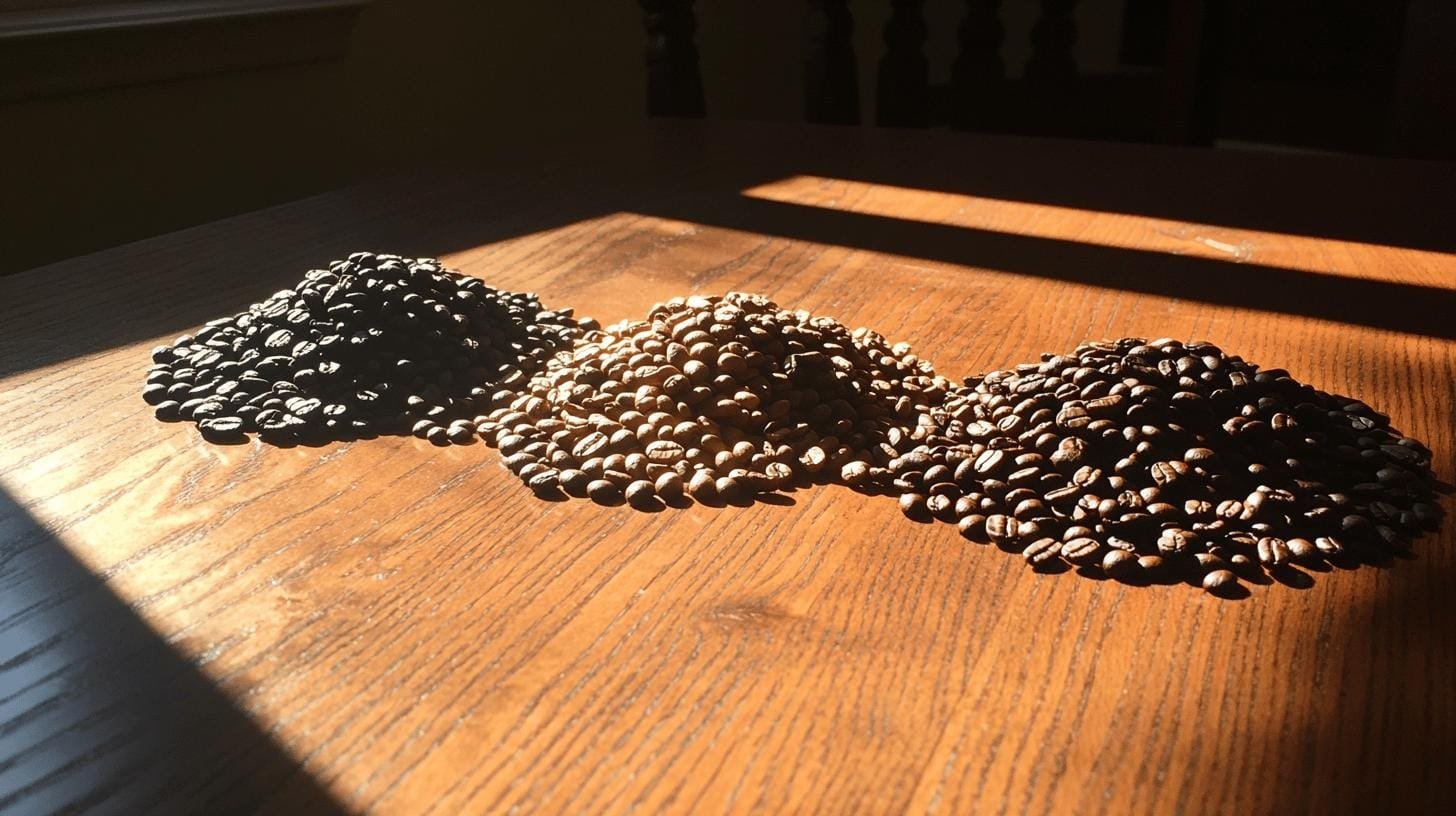
Coffee roasting levels affect the flavor, aroma, and body of the brew. Main roast levels include light, medium, and dark, each offering a unique profile for different brewing methods and taste preferences.
Espresso roast beans are roasted longer and at higher temperatures, often past the second crack. This creates deeper, richer flavors, ideal for espresso’s high-pressure method. The result is full-bodied coffee with bold, robust flavors and slight bitterness, balanced well with milk and sugar.
Dark-roasted beans, like French or Italian roasts, undergo high temperatures for longer. This results in less complex flavors but highlights smoky and sweet notes. While marketed as “espresso,” these are not exclusive to espresso and can be used in many brewing methods. They usually offer a more straightforward flavor than espresso roast.
Medium roasts have a balanced flavor, mixing acidity, sweetness, and body. Roasted to a medium-brown color with minimal oil, they work for drip coffee, pour-over, and espresso. Specialty coffee shops often use medium roasts to highlight single-origin beans in espresso.
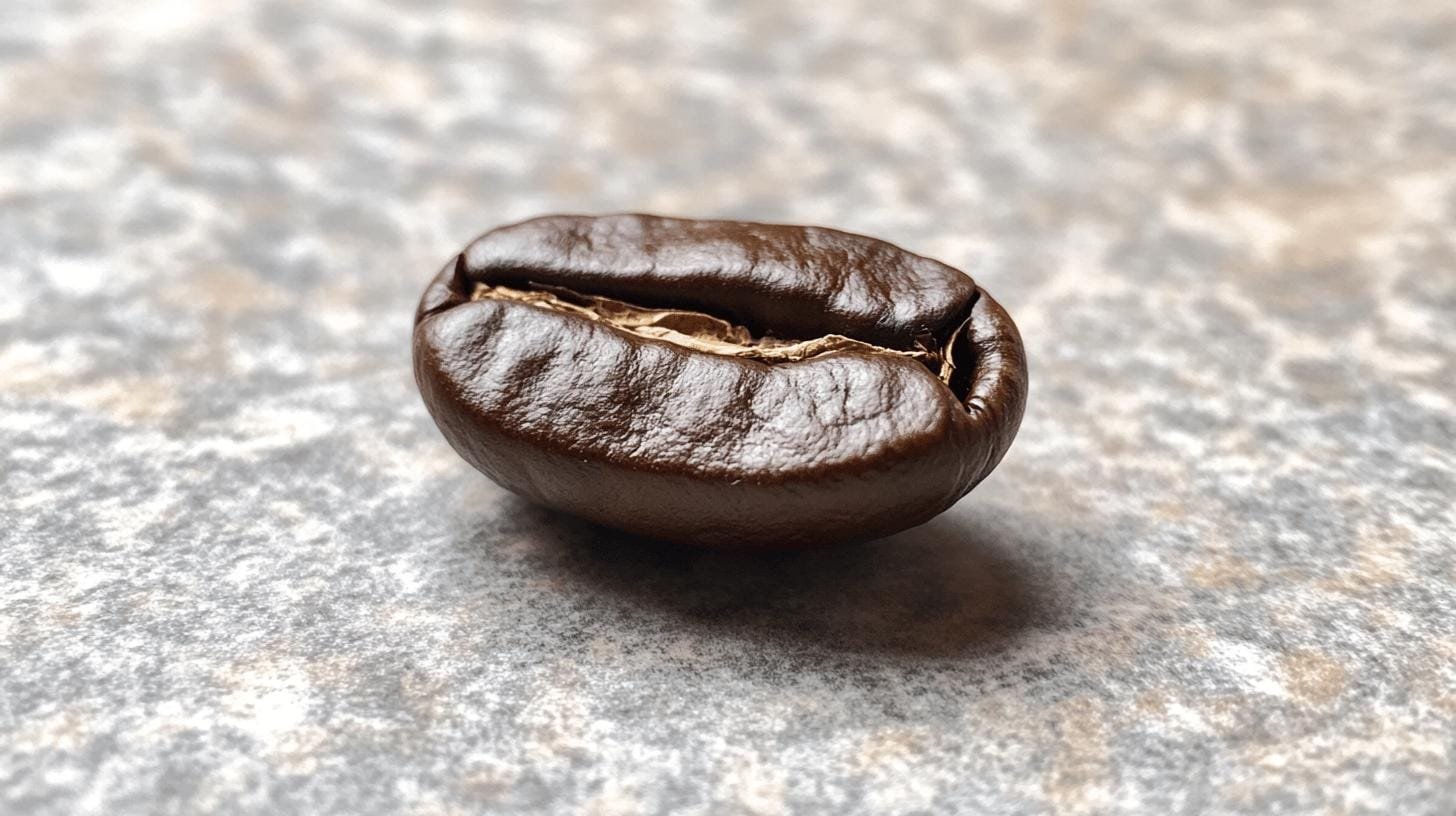
A common myth is that espresso roast coffee is inherently stronger or bolder. In reality, coffee strength depends more on brewing method and roast level than labels. This misconception often misleads consumers to expect similar intensity from all espresso-labeled coffees.
Many large coffee brands exploit these myths for marketing, stressing strength and boldness to meet consumer expectations. This often results in a generic flavor profile lacking nuance.
Home-roasted beans, however, give better flavor control for a personalized coffee experience. By roasting their beans, enthusiasts can try different levels to find a flavor that suits their palate.
Good espresso beans have smooth, chocolaty flavors and low acidity, ideal for blending with milk. These beans are often roasted longer and at higher temperatures, past the second crack, to achieve a rich profile suitable for espresso’s high-pressure extraction method.
Home-roasted beans hold an advantage over big-brand beans. Large companies often market dark roast as espresso, targeting a strong, bitter taste. However, this can lead to one-dimensional flavors. In contrast, home-roasting allows experimentation with roast levels and origins, creating a more nuanced coffee experience.
Using high-quality, home-roasted beans offers benefits like fresher coffee and flavor control. Coffee lovers can adjust their espresso to their preferences by roasting their own beans, ensuring a superior cup each time.
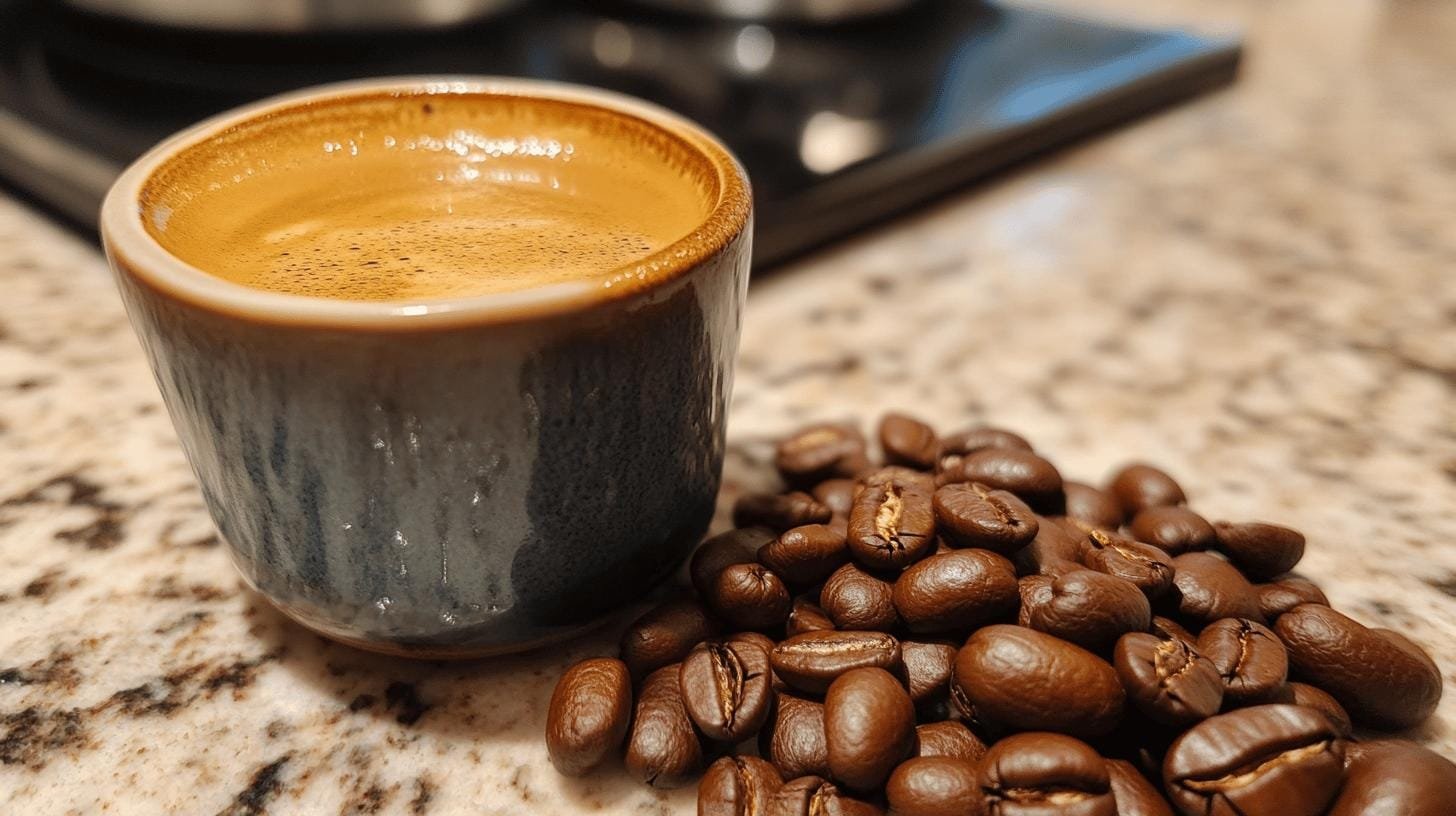
Roasting greatly impacts espresso flavor, changing the coffee beans’ chemistry. Espresso roasts enhance sweetness through sugar caramelization during the slow roast, resulting in richer flavors. Espresso often carries chocolate, caramel, and other intense notes due to this depth.
Flavor preferences vary widely. Some enjoy the bold flavors of dark roast, while others prefer the complex notes of medium roast. This variety in flavor means enthusiasts should try different roasts and origins to find their ideal cup.
Quality equipment is essential for perfect espresso at home. It ensures consistent results, and replicating high-quality shots highly depends on maintaining uniform processes. Consistent grind size, dosing, tamping, and extraction time all contribute to a balanced, flavorful shot.
Adjusting grind size is key for the perfect shot. A fine grind is needed for espresso, but exact size varies by beans and machine. If too coarse, water flows quickly, making a weak shot. Too fine can over-extract, causing bitterness.
Temperature control is also vital. Brew at 195°F to 205°F, with slight adjustments to avoid bitterness, especially with dark roasts.
Several brewing methods exist, each with unique benefits.
An electric espresso machine is reliable, offering programmable settings for consistent quality. For budget-friendly options, a Moka Pot blends pressurized coffee making with percolation, producing espresso with crema. An AeroPress also works well, using manual pressure for espresso-style coffee, allowing experimentation with grind sizes and brewing times.
Here are some tips:
Is espresso roast the same as espresso? ” This article answers your question. Espresso roast pertains to the roast level, while espresso refers to the brewing method.
Achieving the perfect espresso depends on understanding the nuances of roasted beans and mastering the brewing techniques. Sourcing high-quality beans and continually refining your skills will enhance your coffee experience, showing that espresso roast and espresso, while related, are not the same. Enjoy your journey to creating the perfect espresso at home!
Espresso roast refers to the coffee beans roasted to achieve specific flavor profiles, suitable for espresso brewing. At Starbucks, espresso roast beans are specifically used to brew espresso.
Yes, Starbucks espresso roast is specifically designed to be used in making espresso, offering a rich, caramelized flavor when brewed under high pressure.
Espresso roast specifically refers to coffee beans roasted to enhance flavors suitable for espresso. Coffee beans can be roasted to various levels, not necessarily for espresso brewing.
Espresso is a brewing method requiring finely-ground coffee and high pressure. Roast refers to the degree to which coffee beans are heated, affecting flavor but not the brewing method.
Espresso roast coffee itself doesn’t inherently have more caffeine. The espresso brewing method can produce a more concentrated caffeine shot, affecting perceived caffeine content.

How can brands create a more balanced and memorable customer experience by blending artisanal product quality with thoughtful everyday rituals that keep people coming back?

Independent coffee shops have always been about more than caffeine—they’re hubs of creativity, connection, and care. As café culture continues to evolve, new trends are
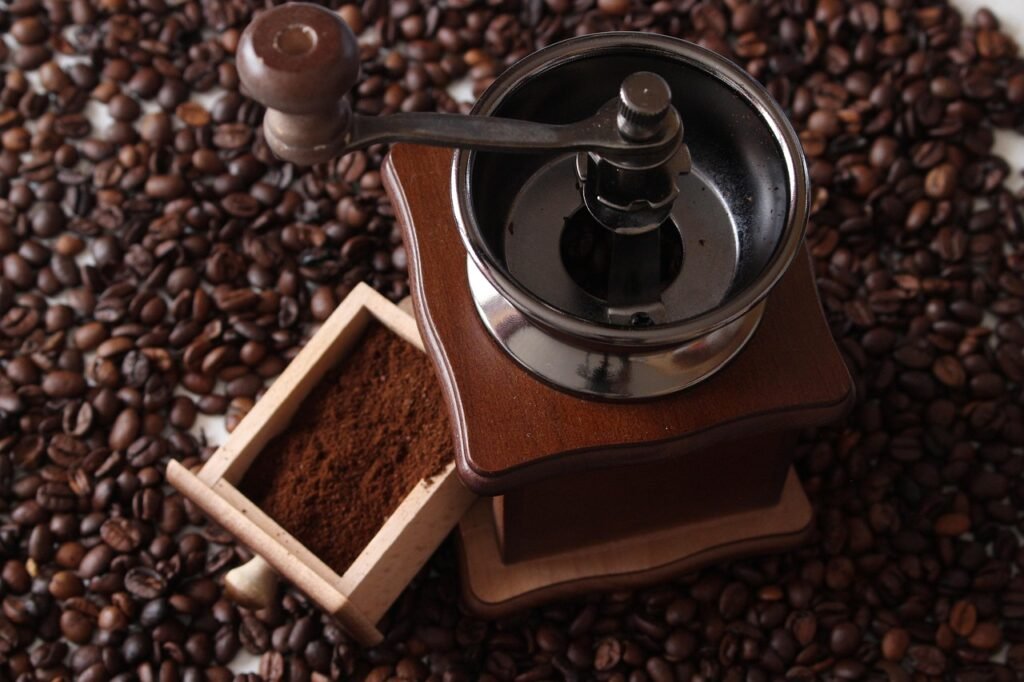
Introduction Independent cafes win when they feel like the neighborhood’s living room and operate with the discipline of a great kitchen. Below is a quick
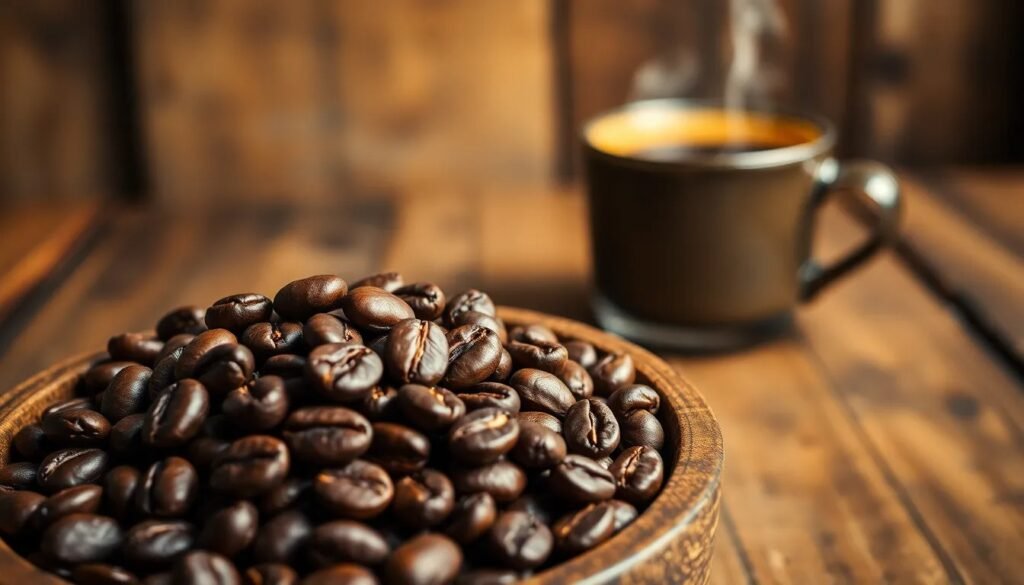
Discover how top specialty coffee brands create lasting loyalty through storytelling, sourcing, and community connection. Real tips from 6 industry experts.

Discover the ultimate showdown between two beloved coffee brewing methods: the French press and Chemex. Explore how each technique caters to distinct palates, with the French press delivering bold flavors and the Chemex presenting a bright, clean taste.

Unlock the secrets to brewing the perfect cup of coffee with our comprehensive guide on using a coffee scale. Discover how precise measurements enhance flavor and consistency while eliminating bitterness.

Discover how water temperature plays a vital role in brewing the perfect cup of coffee. This article delves into the ideal temperature range of 195°F to 205°F for optimal flavor extraction, enhancing the enjoyment of high-quality beans.

Discover the world of curated specialty coffee bundles, perfect for enthusiasts seeking quality and craftsmanship. This article explores the benefits of ethically sourced, small-batch beans from brands like Equipoise Coffee, offering diverse flavor profiles that elevate your brewing experience.

Discover the art of manual brewing to elevate your coffee experience! This article explores various techniques like pour-over, French press, and AeroPress, revealing how they enhance flavor and your connection to every cup.